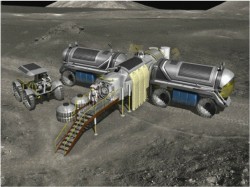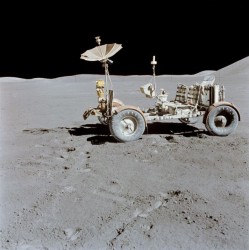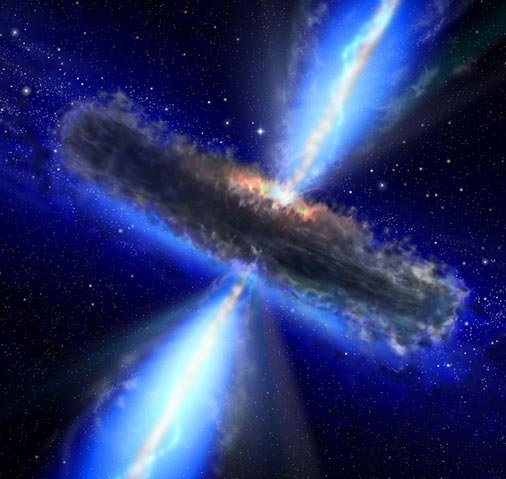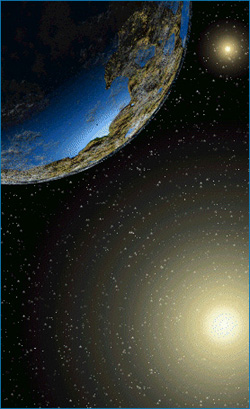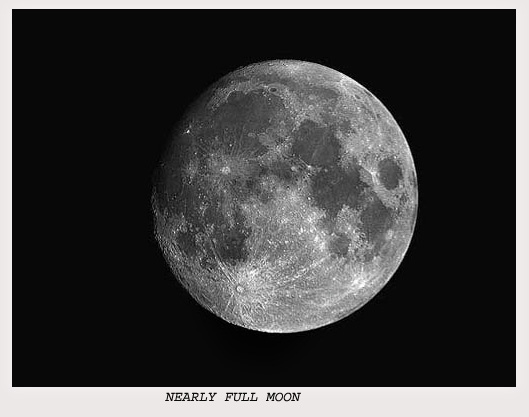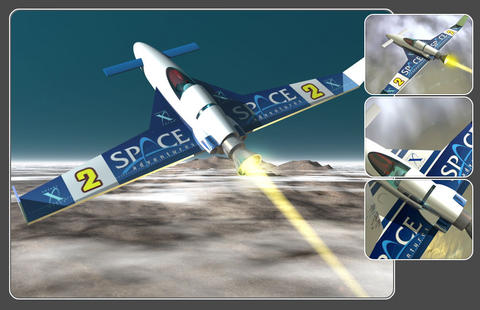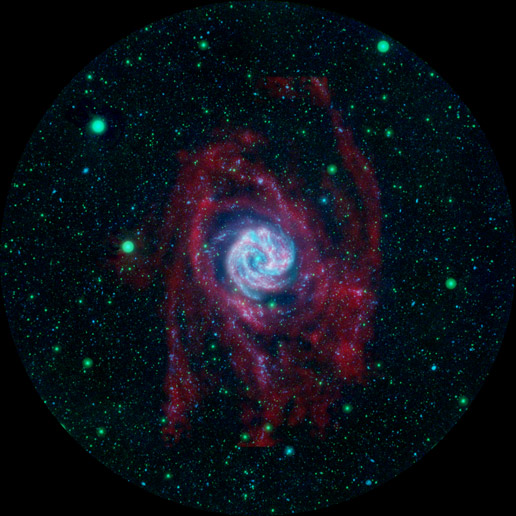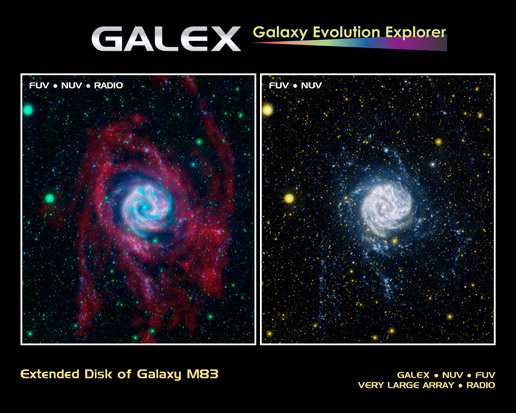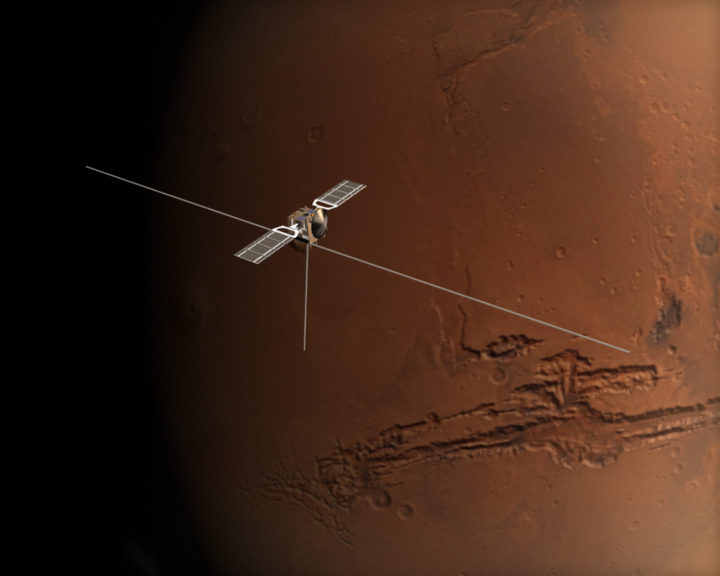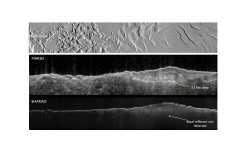NASA is exploring the possible designs for lunar bases, intended for an extended stay on the Moon. A NASA official from the Advanced Capabilities Division also said on Friday that they may be inspired by a concept based on the technology of the International Space Station (ISS). Very little official indication about the future of NASA’s lunar policy has come to light, so this is interesting news. Although the statement was suitably sketchy, a six-month extended mission to the Moon seems to be most likely. How does this development compare with the lunar settlement designs already proposed?
When Carl Walz, director of NASA’s Advanced Capabilities Division, says “I would anticipate that we would build something similar as what we are building for the ISS, but maybe something different,” I think we can conclude that his department is keeping its options open as far as the future of Moon bases is concerned. But it seems settlement design isn’t very far along either…
Putting uncertainties in lunar base designs to one side, Waltz did confirm that he envisions a long-term, six-month stay over on the Moon, “We need to establish a long, extended presence on the moon, up to six months — same as the time we spend at ISS,” the veteran astronaut told AFP during a forum on the future of NASA at the University of Miami, Florida. The ISS remains mankind’s best experiment into long-term living in space, so its little wonder the station should be used as a model for Moon bases.
The ISS is due for completion in 2010 and houses three scientists for several months at a time. Also, there is enough room for the regular Shuttle crews who arrive to deliver experiments and attach modules. It’s not hard to imagine a future manned lunar base can be used in a similar way, perhaps have a small long-period contingent of scientists, allowing space for short-term visits.
NASA hopes to return to the Moon by 2020 to build a permanent outpost on our planet’s natural satellite. The settlement will need transportation, communication and power systems (see Building a Base on the Moon: Part 4 – Infrastructure and Transportation), allowing lunar astronauts to have the freedom to carry out scientific research on the lunar surface. Many lunar base concepts utilize local materials to fabricate many aspects of a permanent lunar habitat, and continued research by satellites such as the Japanese probe SELENE will aid future colonists prospect for useful minerals and ores.
“We will live at the moon, work at the moon, do sites at the moon and use its resources.” – Walz
It looks as if NASA is working toward a modular settlement design, using the technology that powers the ISS and would be in keeping with “erectable”, or modular designs. Initially, building Moon bases on Earth (or low Earth orbit) and sending them to the lunar surface appears to be the most viable solution. Once a human presence can be established on the Moon, it seems possible that Mars habitats could be fabricated there and sent to the Red Planet. Exciting times.
More about building a manned base on the Moon:
- Building a Base on the Moon: Part 1 – Challenges and Hazards
- Building a Base on the Moon: Part 2 – Habitat Concepts
- Building a Base on the Moon: Part 3 – Structural Design
- Building a Base on the Moon: Part 4 – Infrastructure and Transportation
Source: Physorg.com


